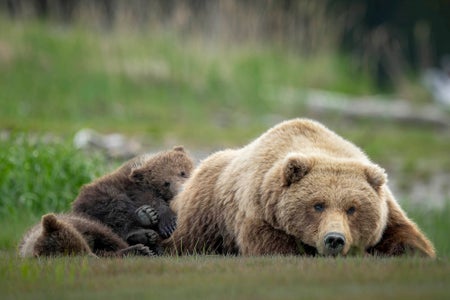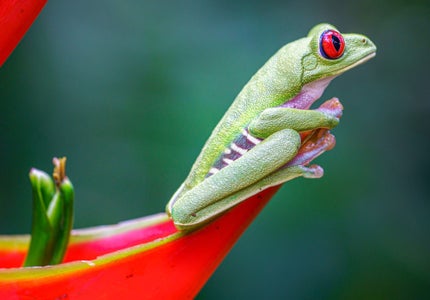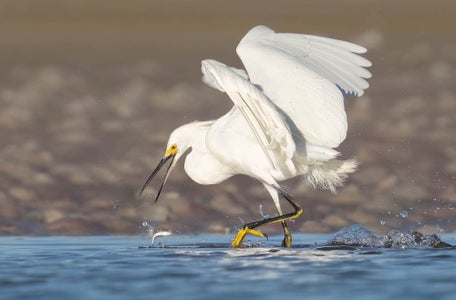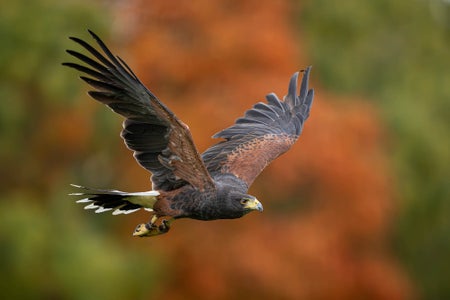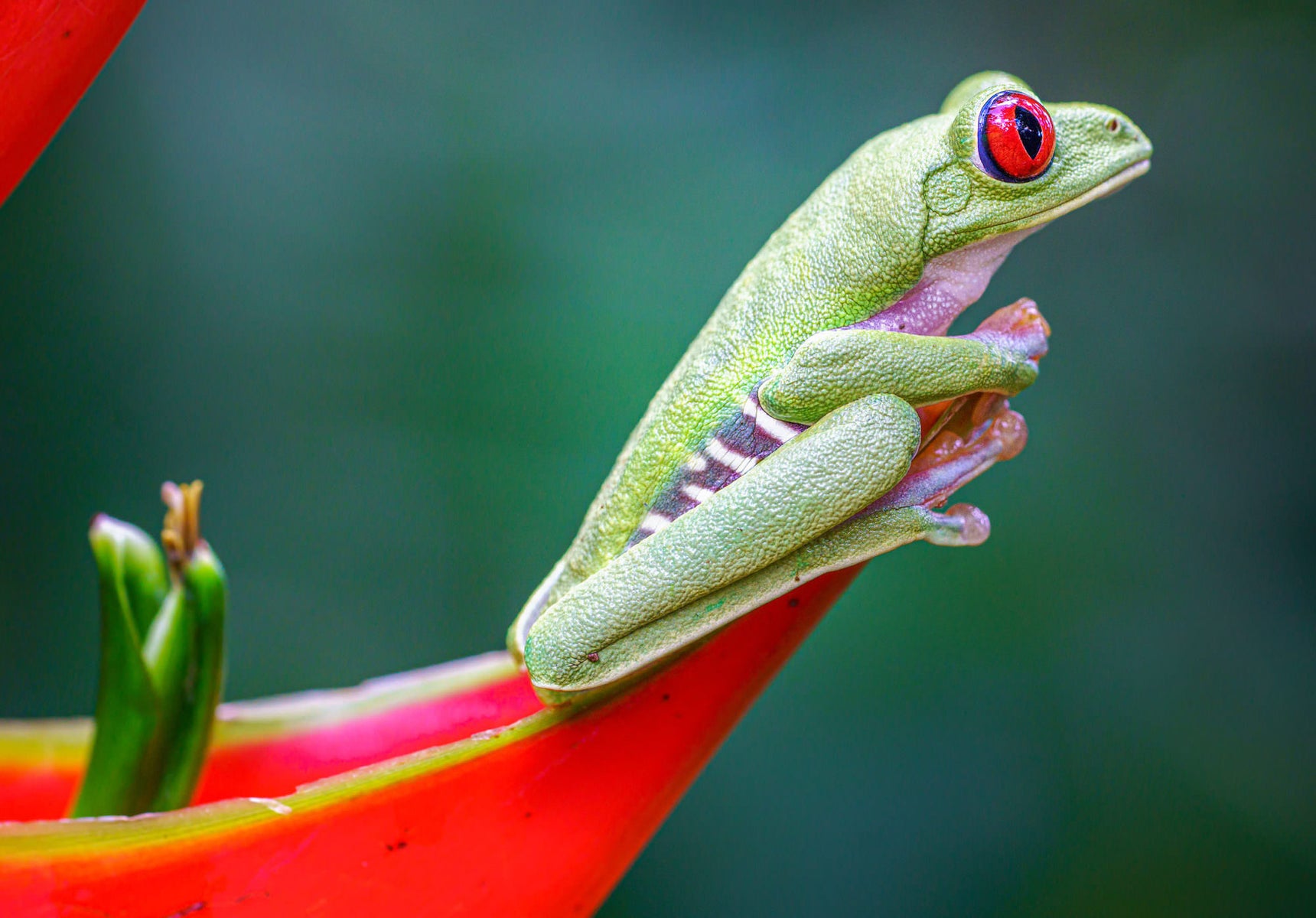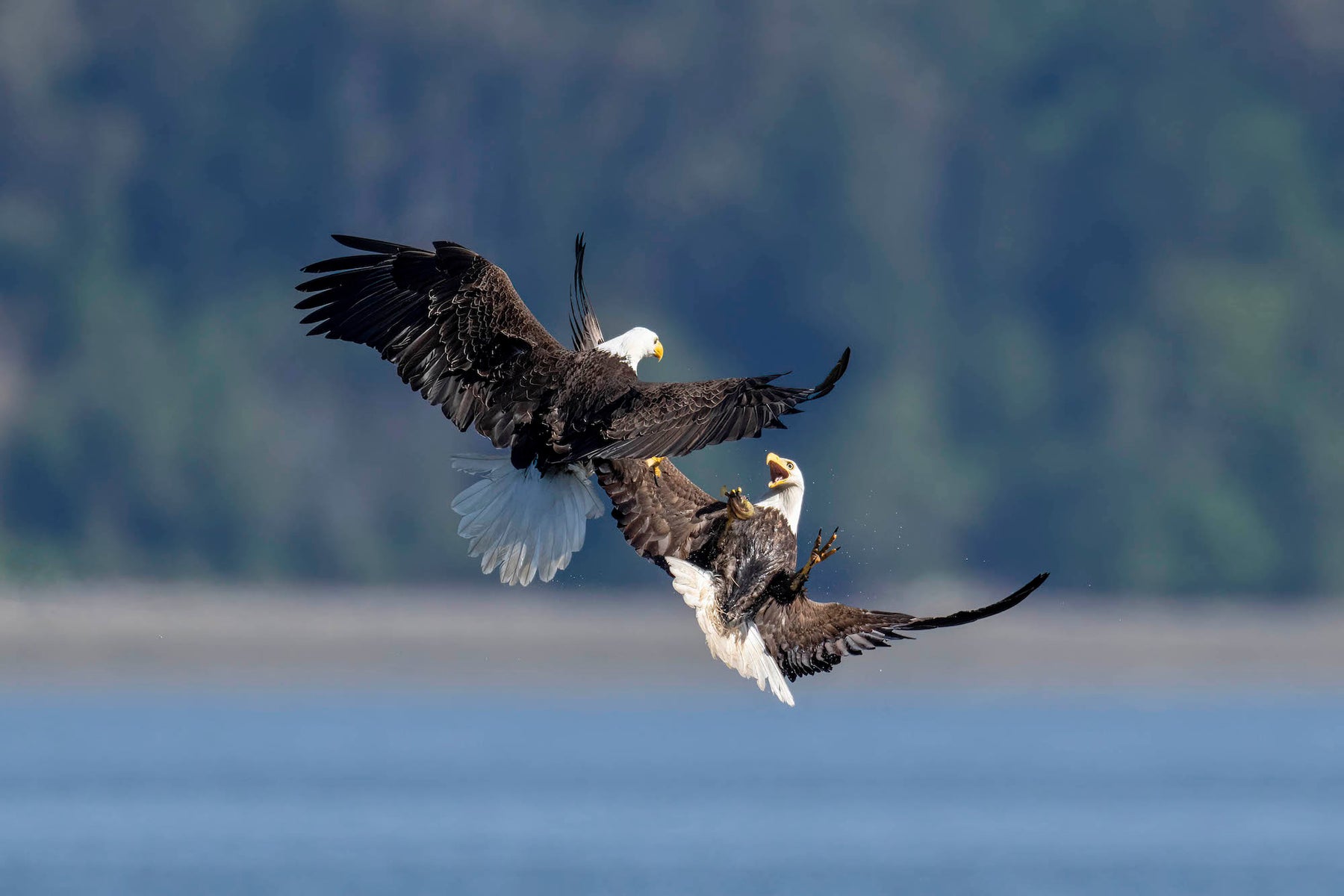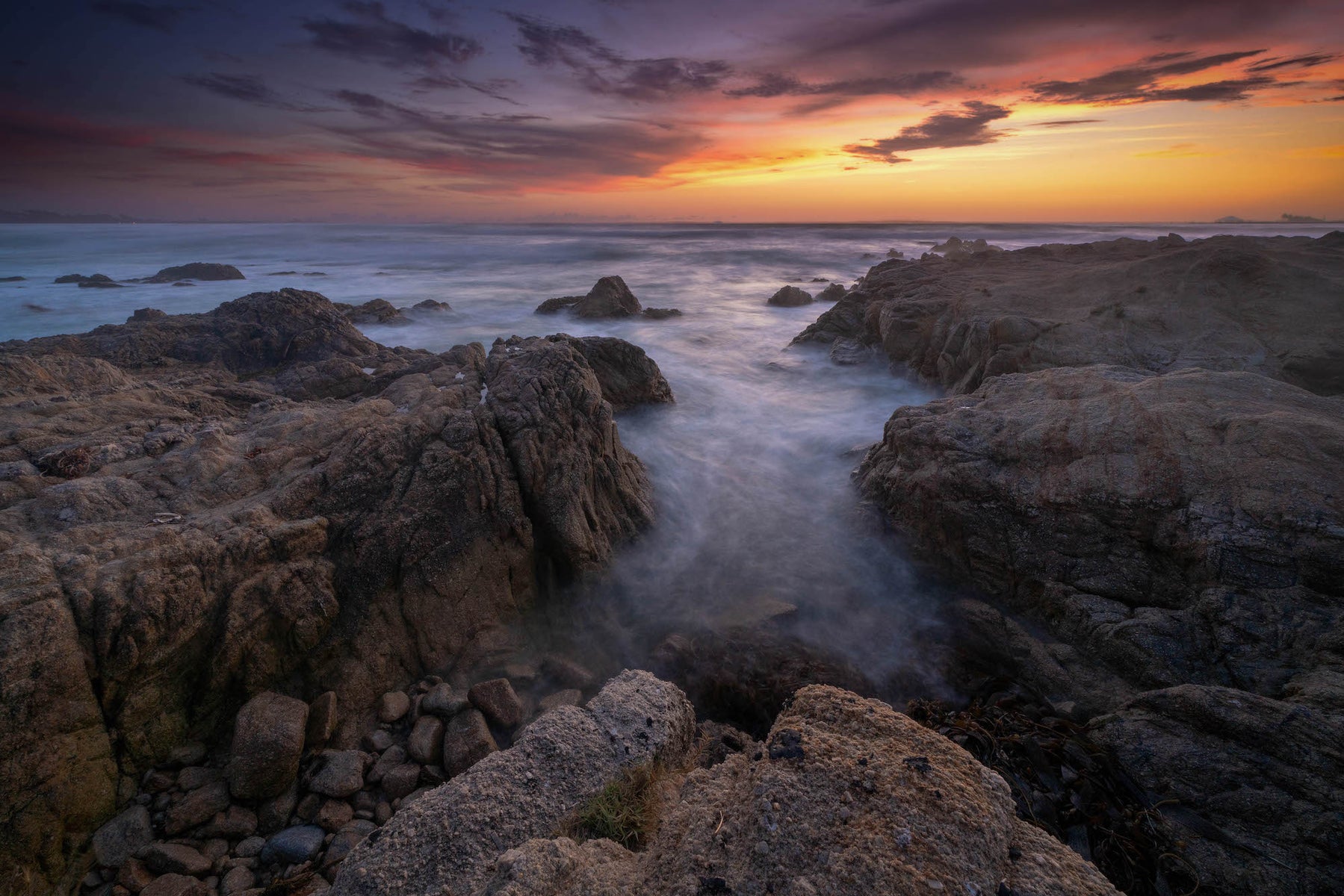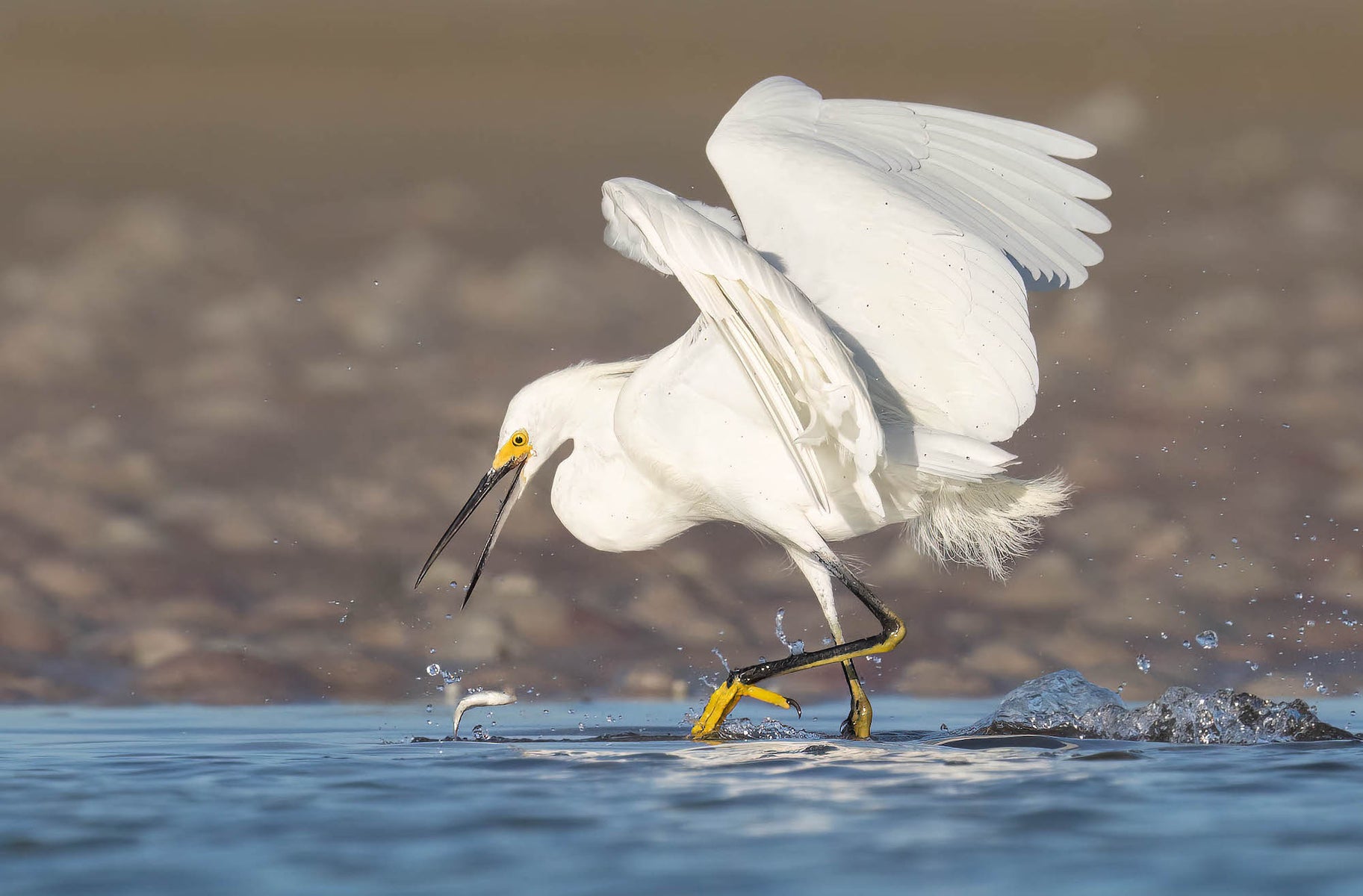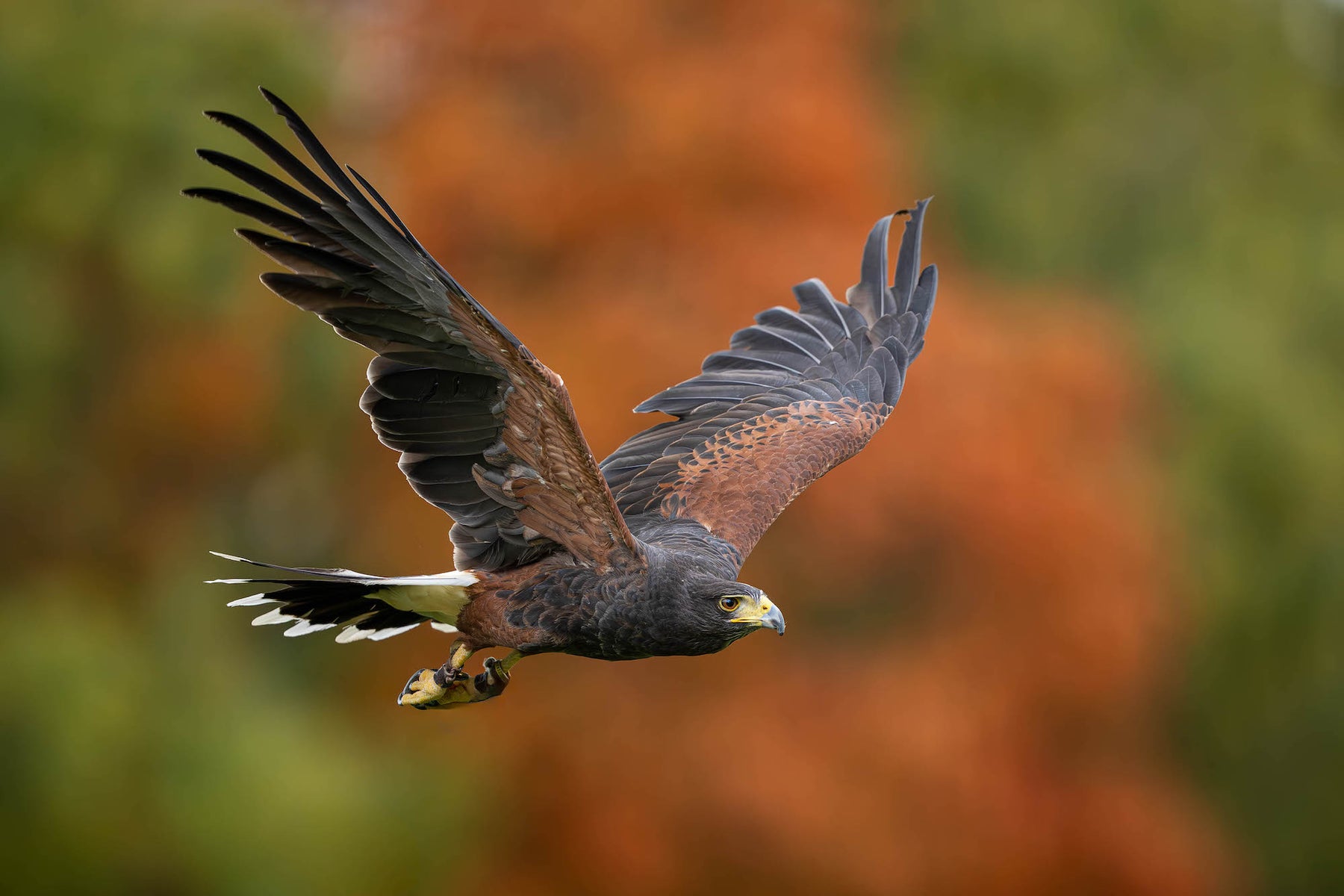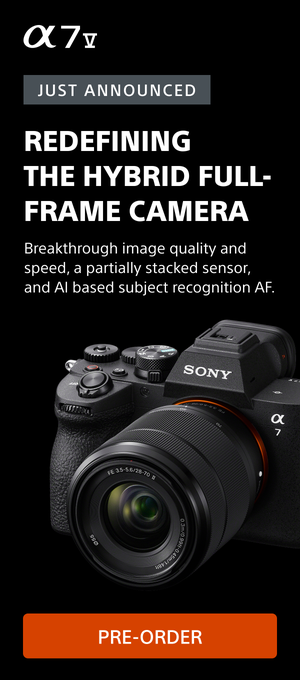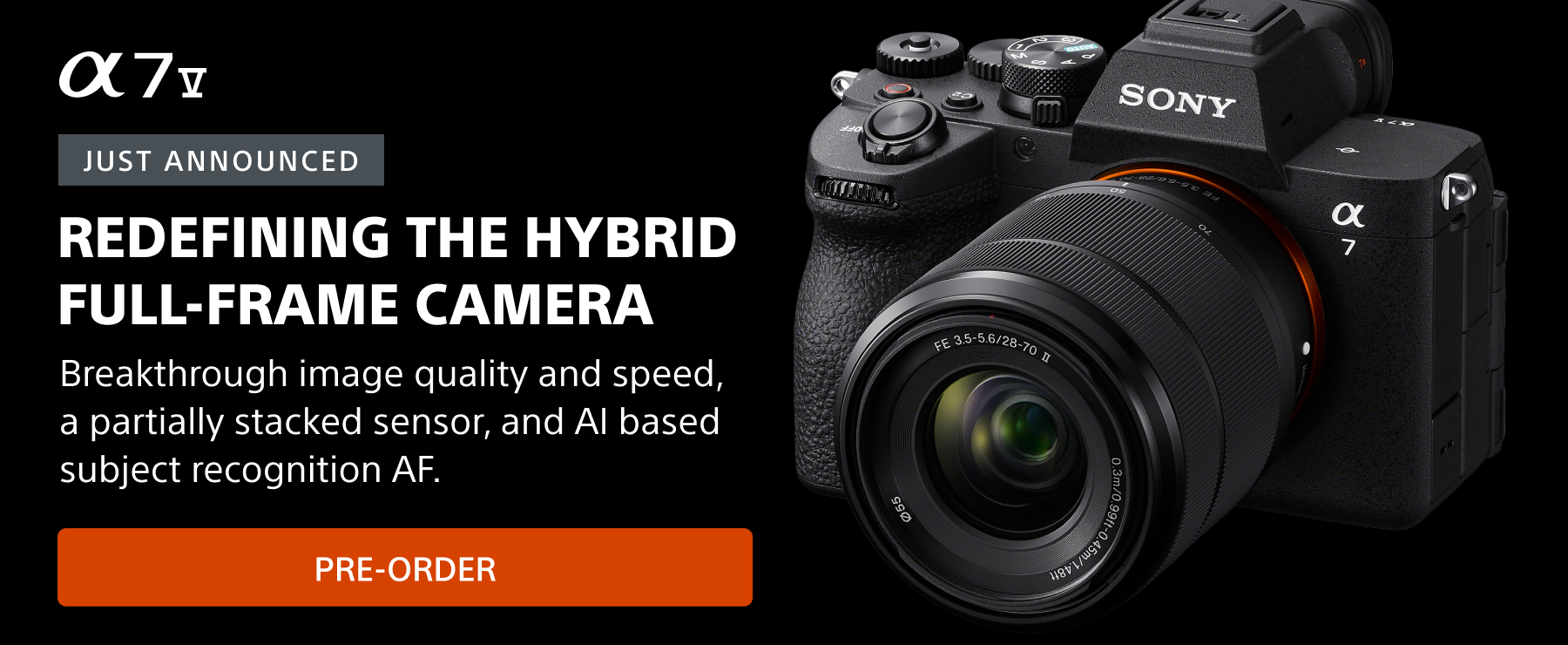Sony Artisan Matt Kloskowski says that one of the things that’s always interested him is the various ways people can use photography as a creative tool. “For me, I’ve always been a teacher. I’ve never made an income directly from my photos and I bet that a lot of other people fall into that camp too,” he explains. “Personally I love teaching the most. But I do love photography and editing my photos afterward as well. I’ve always felt that in order to teach about photography, it helps to be out there shooting too. That way, you know exactly the pain point that your audience feels and can better create content to help out.” We caught up with him to learn more about his photography and the gear he packs – and how he built a Sony Alpha kit of full-frame cameras and Sony G Master and G lenses that keep up with the speed of nature.
Product Preview – In This Article You’ll Find:
–Sony Alpha 1
–Sony Alpha 7R V
–Sony 200-600mm f/5.6-6.3 G
–Sony 600mm f/4 G Master
–Sony 12-24mm f/2.8 G Master
–Sony 24-105mm f/4 G
–Sony 90mm f/2.8 Macro G
–Sony Tough CFExpress Cards
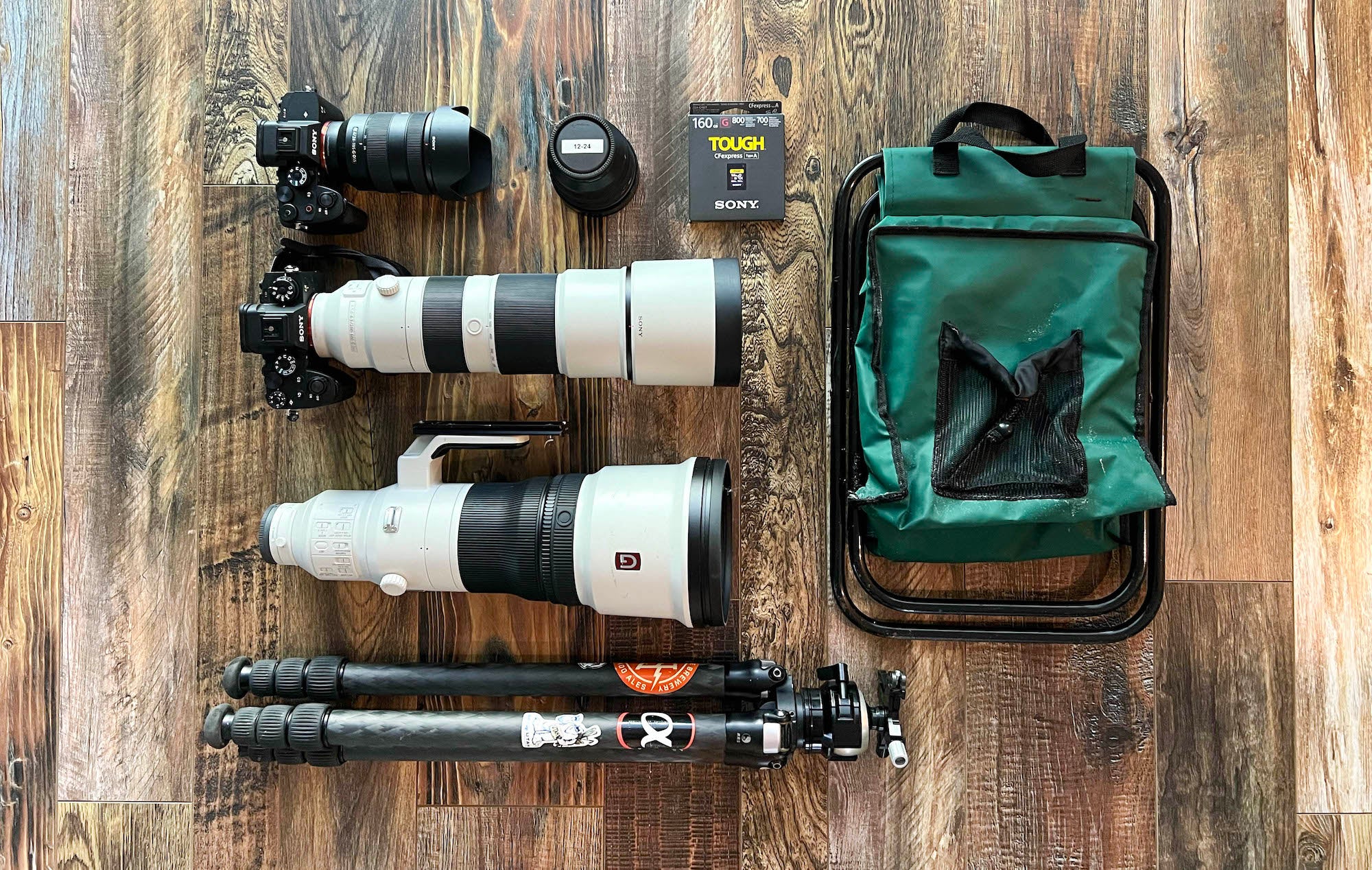
I most enjoy nature photography. Whether it’s landscapes, wildlife,or some combination of the two. And while doing that for over 20 years I’ve started to realize that the easier it is for me to carry around my equipment and change it out quickly, the better photo opportunities I’m able to take advantage of. Because of that, you’ll find I actually take very little with me anymore and my favorite outings are the ones with just a camera/lens in my hand.
Cameras
Sony Alpha 1: I’ve never ordered a camera so fast as when the Sony Alpha 1 was first announced. I immediately knew that was the camera I had always wanted. It was exactly what I was looking for. As a landscape photographer I always liked having at least 30MP. As a wildlife photographer, I valued frame rate, high iso performance, and auto focus features. But a higher megapixel count was nice too, for cropping, since we can’t always get close. Well, in most camera lineups that meant carrying two cameras up until that point and both cameras rarely had what I needed for both genres. But the Sony Alpha 1 had everything I needed for landscape and wildlife photography. Plenty of megapixels, amazing Auto Focus, 30 FPS and great low light performance. So I immediately placed my order and that became my go-to camera.
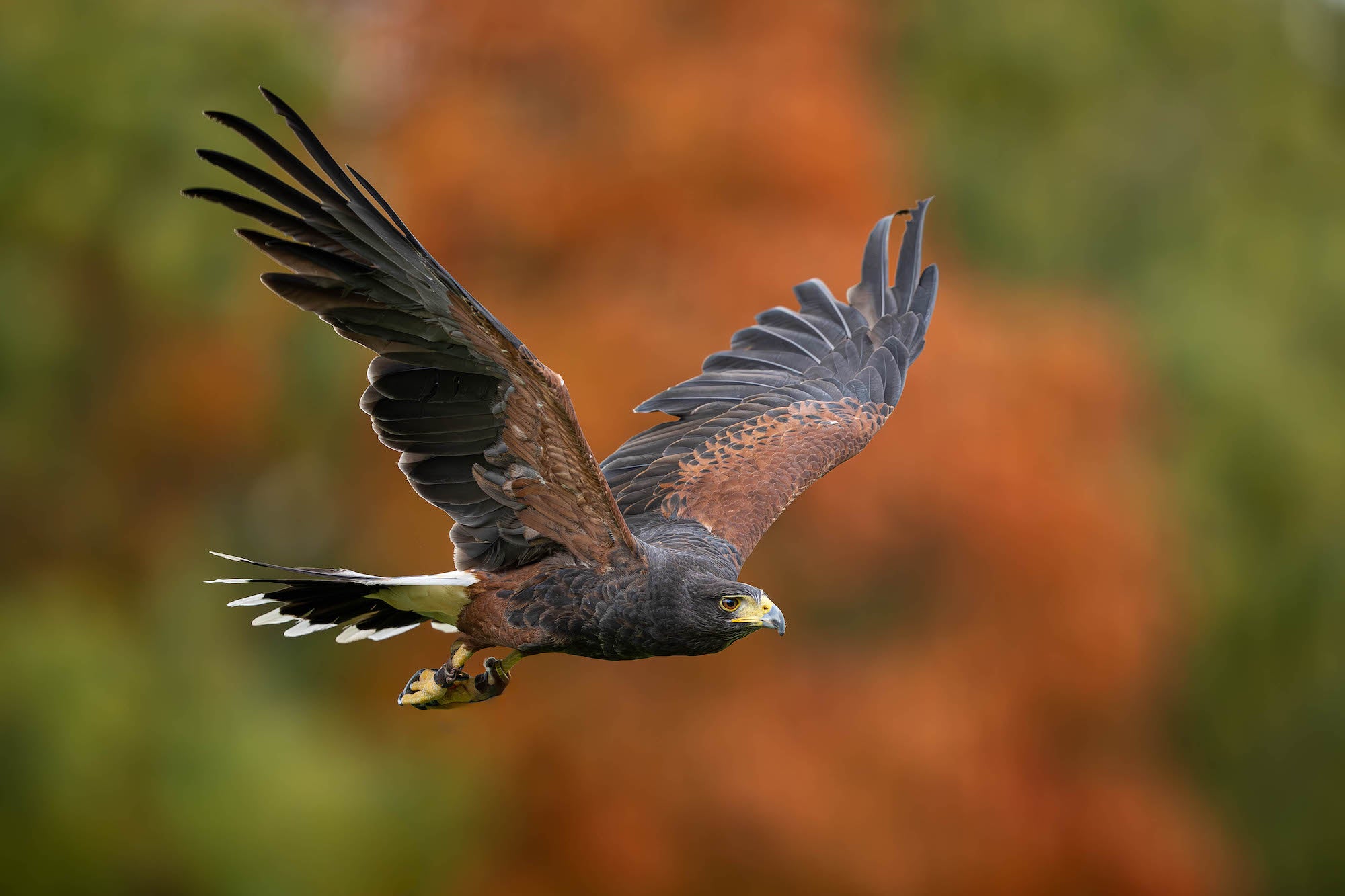
Between the focus and high frame rate of the Sony Alpha 1, I’m able to get razor sharp photos and interesting moments at the same time. Photo by Matt Kloskowski. Sony Alpha 1. Sony 300mm f/2.8 G Master. 1/4000-sec., f/2.8, ISO 800
Sony Alpha 7R V: My first Sony camera was actually from the Alpha 7R lineup (The Sony Alpha 7R II to be specific). So when the Sony Alpha 7R V was announced, I knew it would make a great second body to have around. It had more megapixels than the Sony Alpha 1, so if I knew I was in a situation where I would need to crop in more, this is what I usually reach for. Plus, it has amazing autofocus as well, so it’s great for wildlife and gives me that extra ability to crop in if I can’t get close to something.
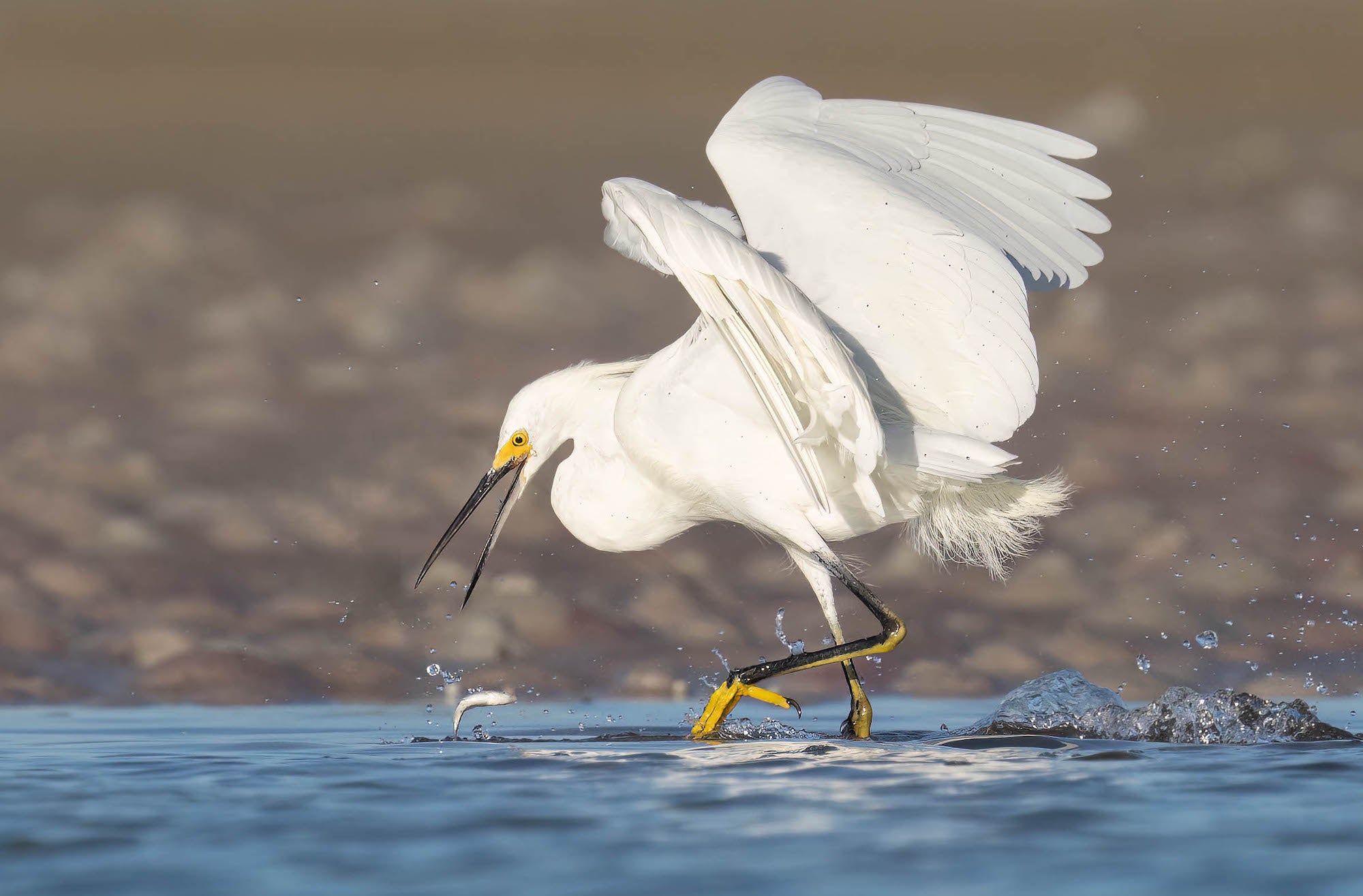
The Sony Alpha 7R V is a master at producing crisp, detailed photos with plenty of pixels to crop in if I ever need. Photo by Matt Kloskowski. Sony Alpha 7R V. Sony 200-600mm f/5.6-6.3 G. 1/3200-sec., f/6.3, ISO 320
Lenses
Sony 200-600mm f/5.6-6.3 G: This is my main bird and wildlife photography lens. It gives me the versatility of being able to zoom in and out when I need and is also light enough that I can handhold it without getting too tired. The lens is razor sharp and with really fast auto focus. If you look at any of my wildlife photos there’s an 80% chance they were taken with this lens.
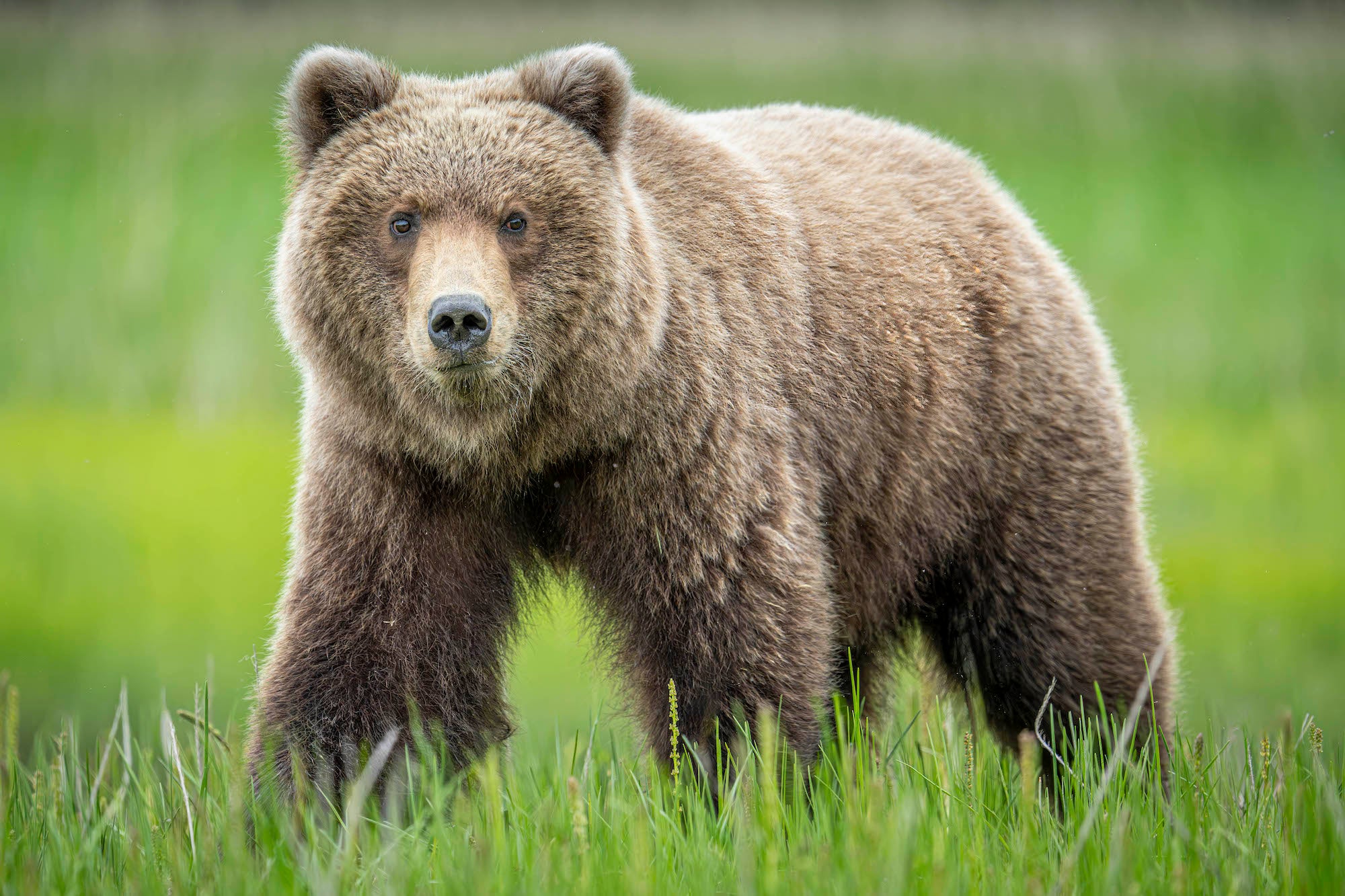
Being able to quickly zoom in and out allowed me to capture so many more photos of bears on my Alaska trip without having to change lenses. Photo by Matt Kloskowski. Sony Alpha 1. Sony 200-600mm f/5.6-6.3 G. 1/1250-sec., f/6.3, ISO 1000
Sony 600mm f/4 G Master: While I love the Sony 200-600mm f/5.6-6.3 G, there are times I’m really happy I have the Sony 600mm f/4 G Master. It’s great when I know I’m going to be shooting in low light and the iso will start to climb. At f/4 I’m able to shoot faster shutter speeds and lower iso’s with this lens. Plus, I can put the 1.4x teleconverter on it and only be at f/5.6 at 840mm.
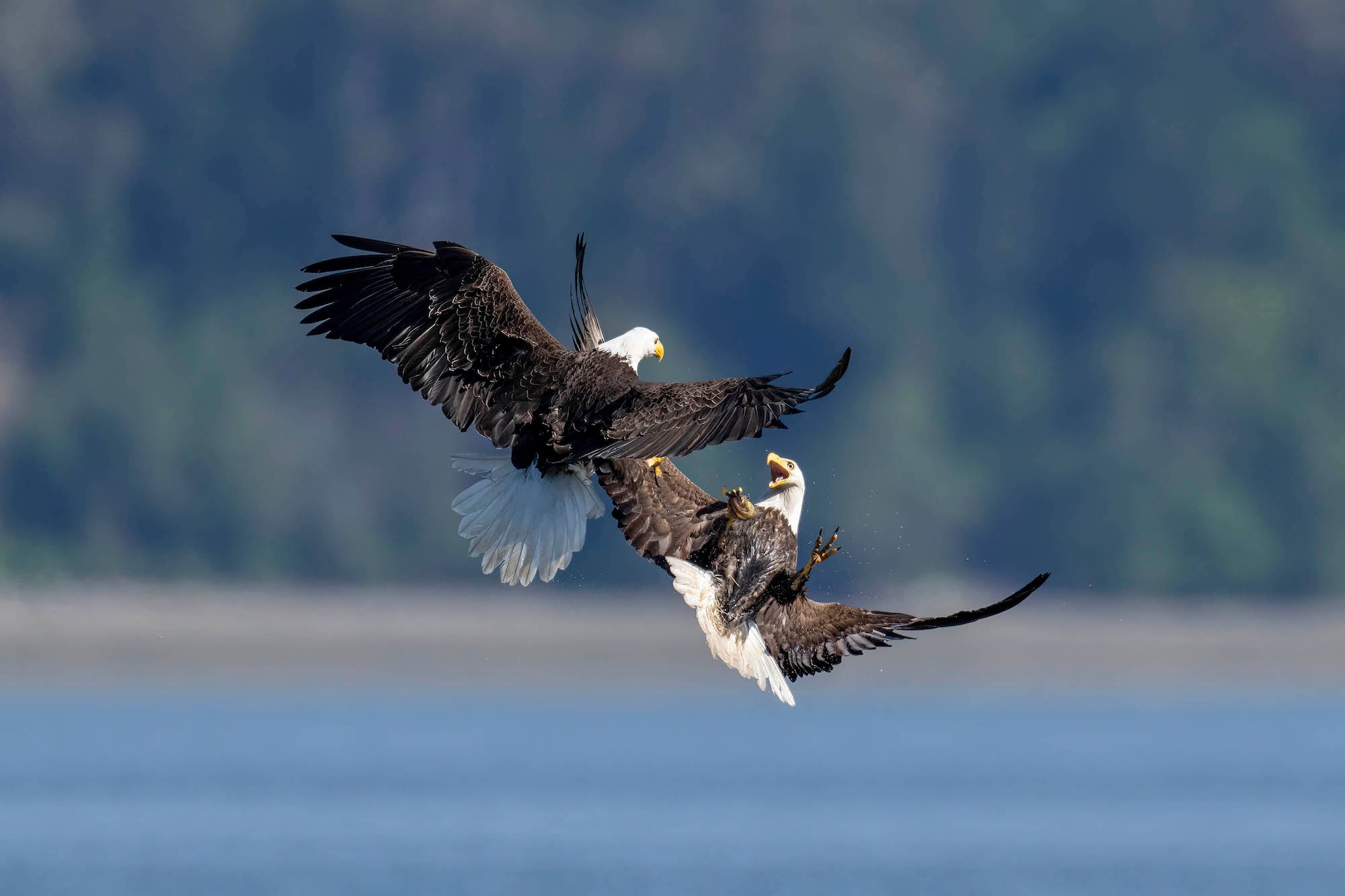
This scene unfolded quickly, and the Sony 600mm f/4 G Master auto focus locked on instantly. Photo by Matt Kloskowski. Sony Alpha 1. Sony 600mm f/4 G Master + 1.4x TC. 1/4000-sec., f/5.6, ISO 800
Sony 12-24mm f/2.8 G Master: I use this lens mostly for landscapes, but also sometimes cityscapes where I need to fit a lot in the photo. I’ll only pull this out if I have a really impactful foreground right in front of me and I want to make sure it’s a big part of the photo while still showing off the background too.
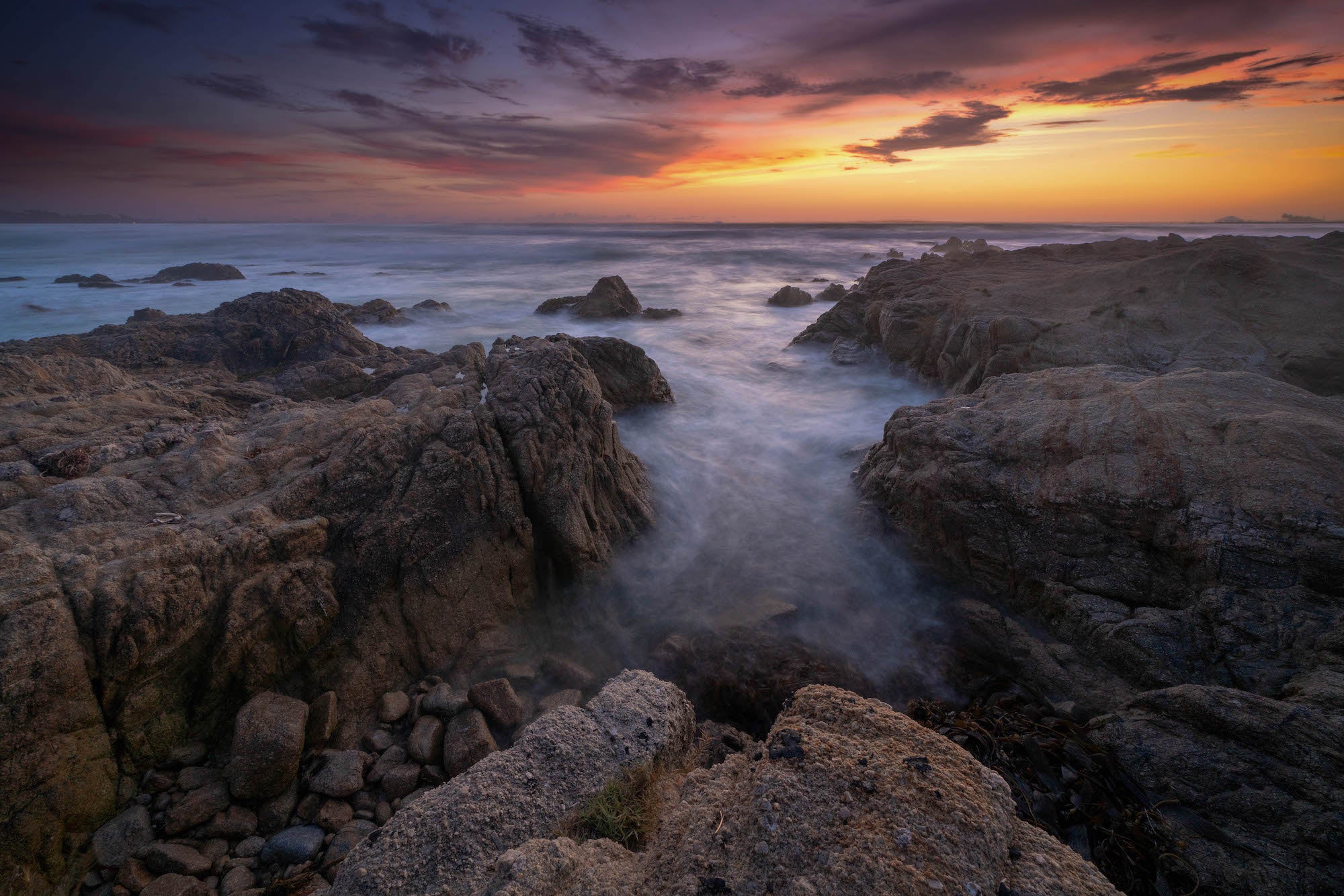
When I have a very impactful foreground area, I want to include as much of it as I can while still showing off everything else in the distance. Photo by Matt Kloskowski. Sony Alpha 7R III. Sony 12-24mm f/2.8 G Master. 3.2-sec., f/16, ISO 250
Sony 24-105mm f/4 G: This is my second favorite lens. It’s just a great landscape and travel lens that lets me go wide when I need, but also lets me get in a little tighter.
Sony 90mm f/2.8 Macro G: I do enjoy macro photography now and then as well. I can sometimes get lost looking at the photo within the photo and seeing how these small objects that I may normally walk past, can look when I get closer to them.
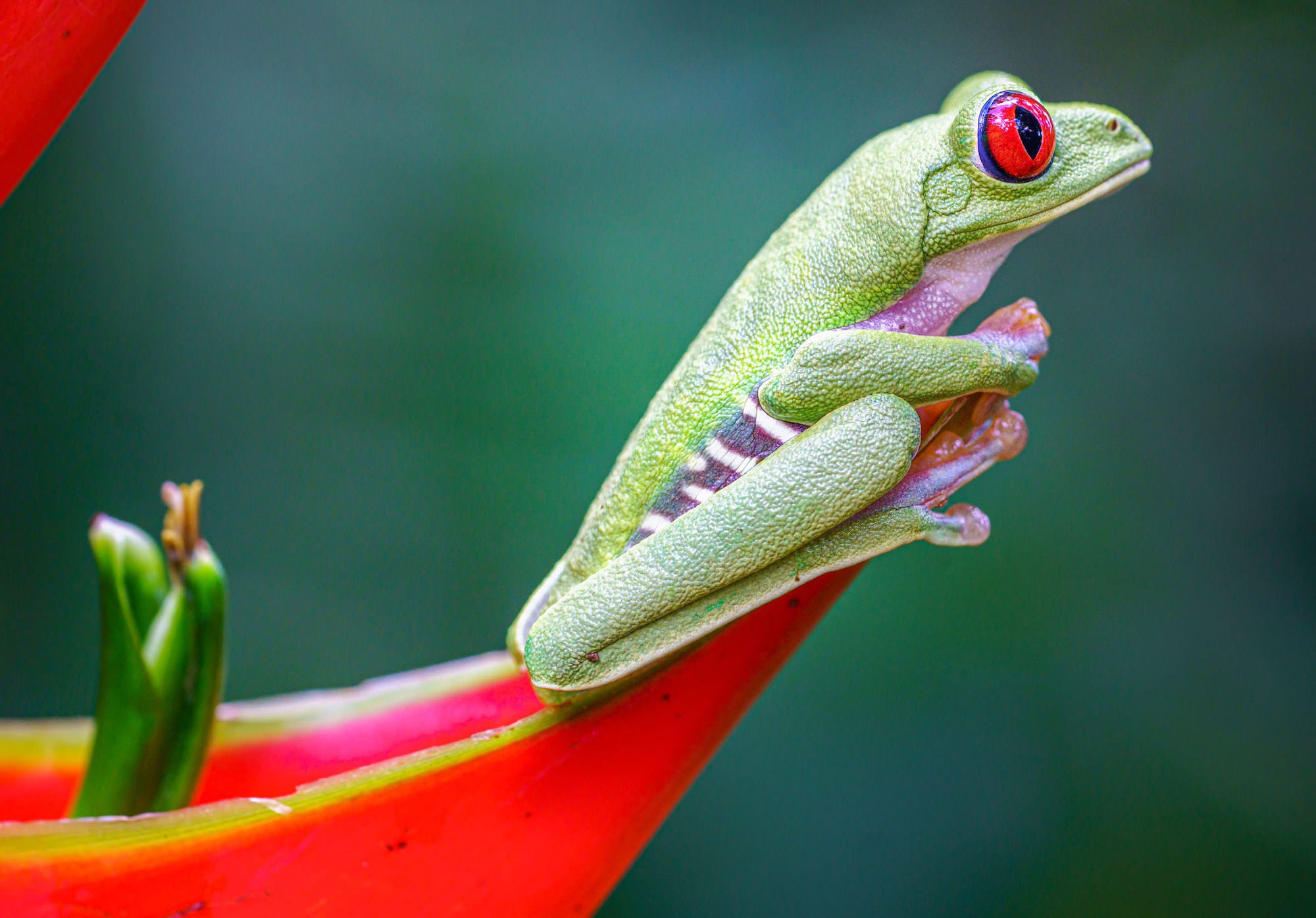
Macro photography lets you explore the photo within the photo and see details that most people walk right past. Photo by Matt Kloskowski. Sony Alpha 7R III. Sony 90mm f/2.8 Macro G. 1/125-sec., f/5.6, ISO 200
Accessories
Sony Tough CFExpress Cards: When I want to really take advantage of the frame rate that these newer cameras can offer, I need the CFExpress cards. For me, the main advantage is the speed in which the camera can write to the card. Because it’s so fast, it keeps me from filling up the buffer so I can keep shooting while the wildlife is active and moving. And if I do fill the buffer, it offloads them incredibly fast to the card, so I can start shooting again.
Mini Camping Chair: This is the most useful tool of all. Once I get a good wildlife subject in front of my camera, I believe the key to capturing it is the right angle. It’s this tiny chair that I can throw around my shoulder and it weighs nothing. If the subject is in the air or a tree, then I’m always looking for good background separation behind it. But in Florida, a lot of the birds I shoot are shorebirds and they’re on the ground. If I’m standing up, shooting down on it, then the ground becomes its background. And that just doesn’t look as good, and often distracts from the main subject of the photo. So I sit on this chair, flip out the screen on the back of my camera so I can look down, and basically place the camera on or very close to the ground and shoot. The result is this beautiful buttery soft background behind the bird, so the detail really stands out. Seriously… if you’re into bird photography, this is the best $30 purchase you can find.

Getting the camera low to the ground, and finding a position where there’s good separation between the subject and background is why this backdrop is so blurry and soft - not aperture. Photo by Matt Kloskowski. Sony Alpha 1. Sony 200-600mm f/5.6-6.3 G. 1/250-sec., f/6.3, ISO 120
Flex Shooter Pro Ballhead: This ballhead is the best of both worlds for a nature photographer. Bird photographers typically use gimbal heads for fluidly tracking a bird across the sky. But they’re big and bulky and don’t really work well for other types of photography. The Flexshooter Pro feels like a gimbal when I’m photographing birds with a tripod. But at the same time, it doubles as a great landscape ballhead too. Now I don’t need to pack two tripod heads when I travel.
Really Right Stuff Tripod: For bird photography, the most important part of a tripod to me is that it reaches eye level. I don’t want to bend over. But I’ve always been a Really Right Stuff fan. They’re family owned, and they make and assemble all of their products in the USA which I appreciate and choose to support. Great customer service too and you get top quality gear. You’ll buy one of these tripods and you’ll never buy another.
See more of Matt Kloskowski’s work on his Alpha Universe Profile and at mattk.com.
